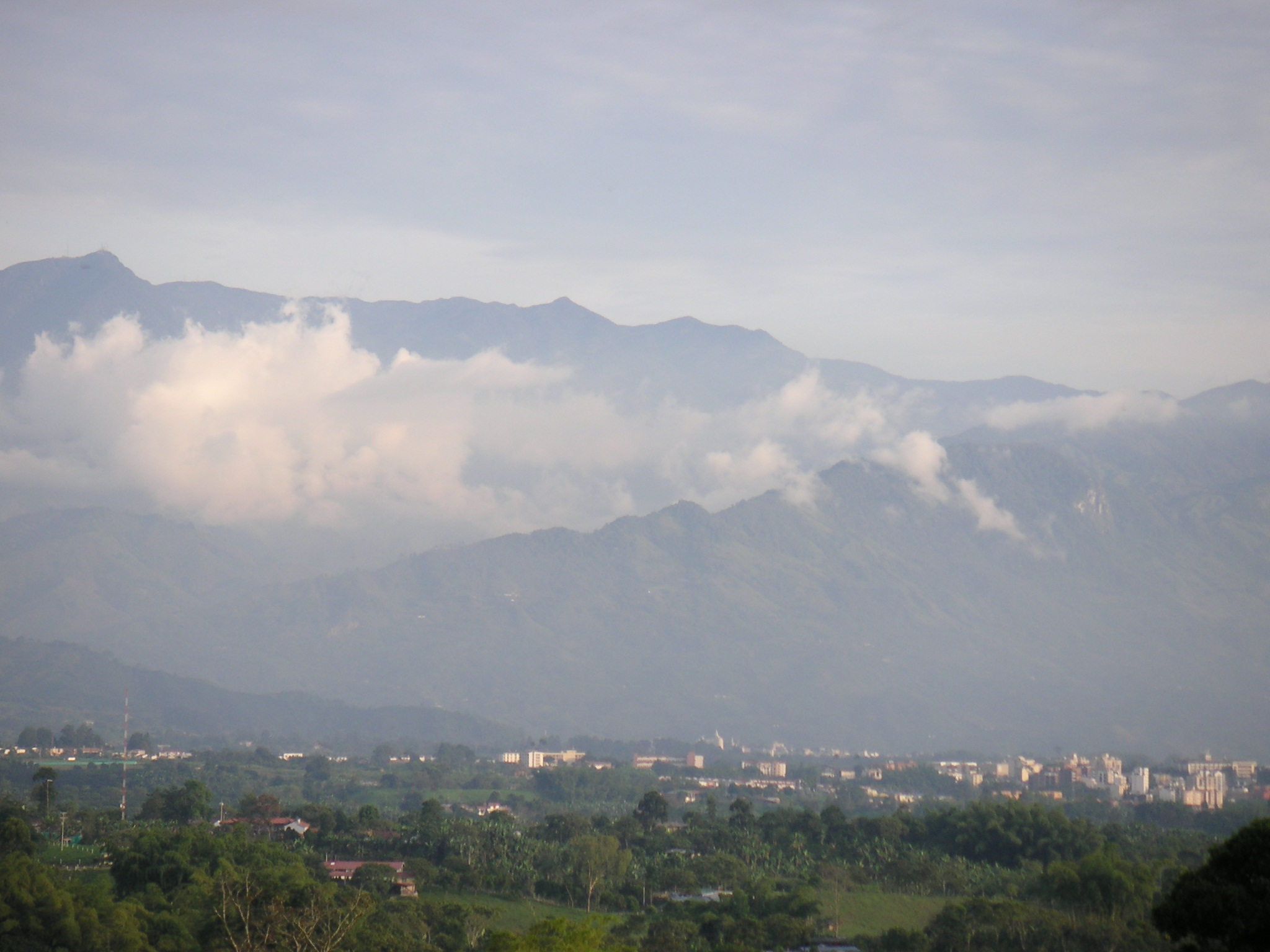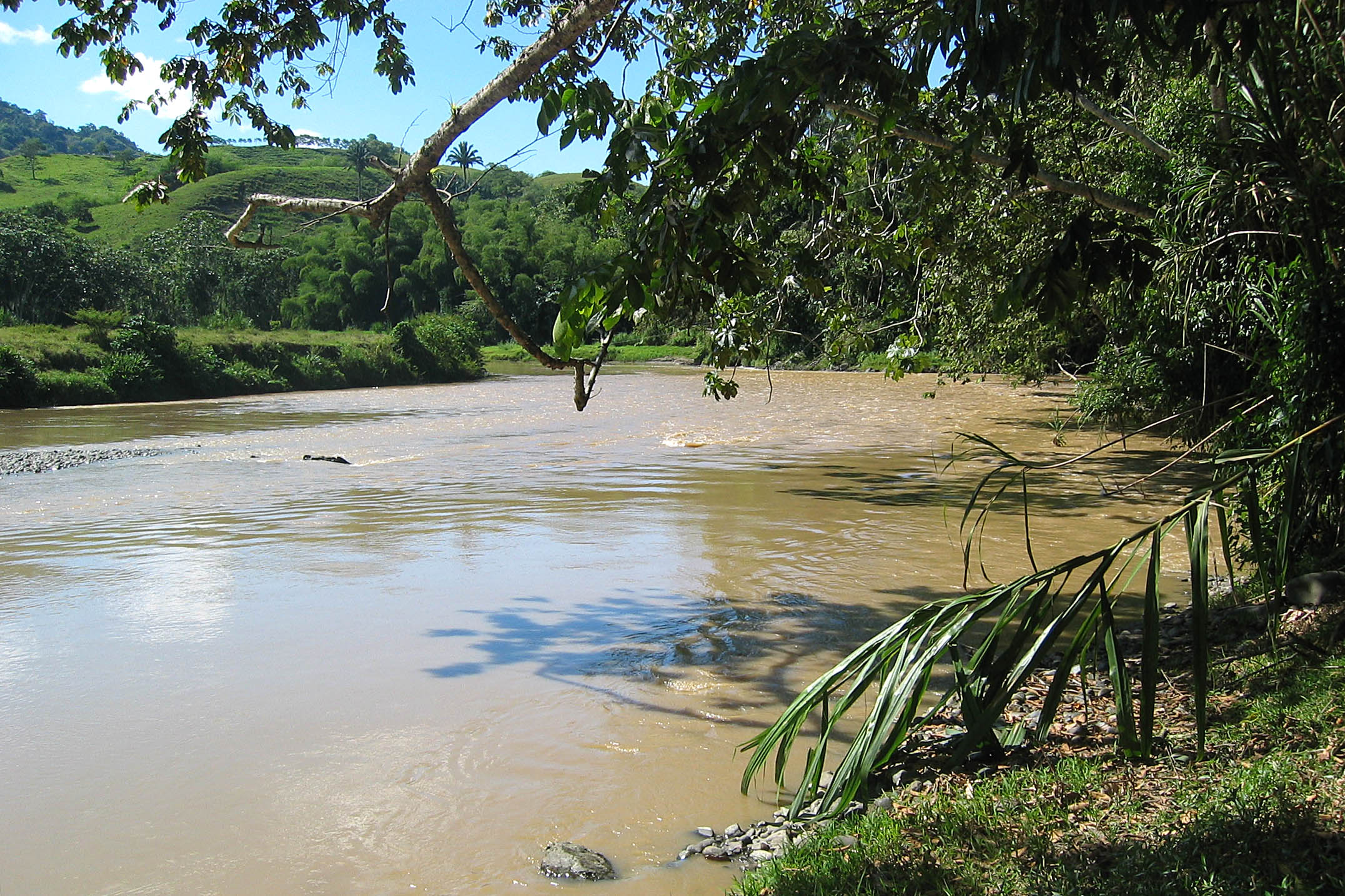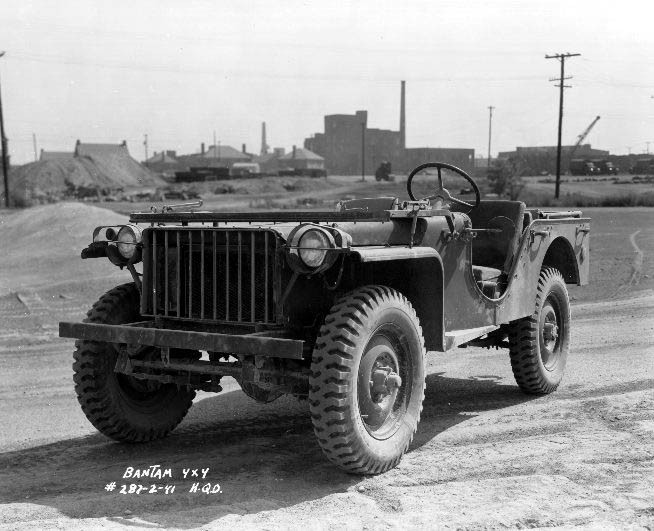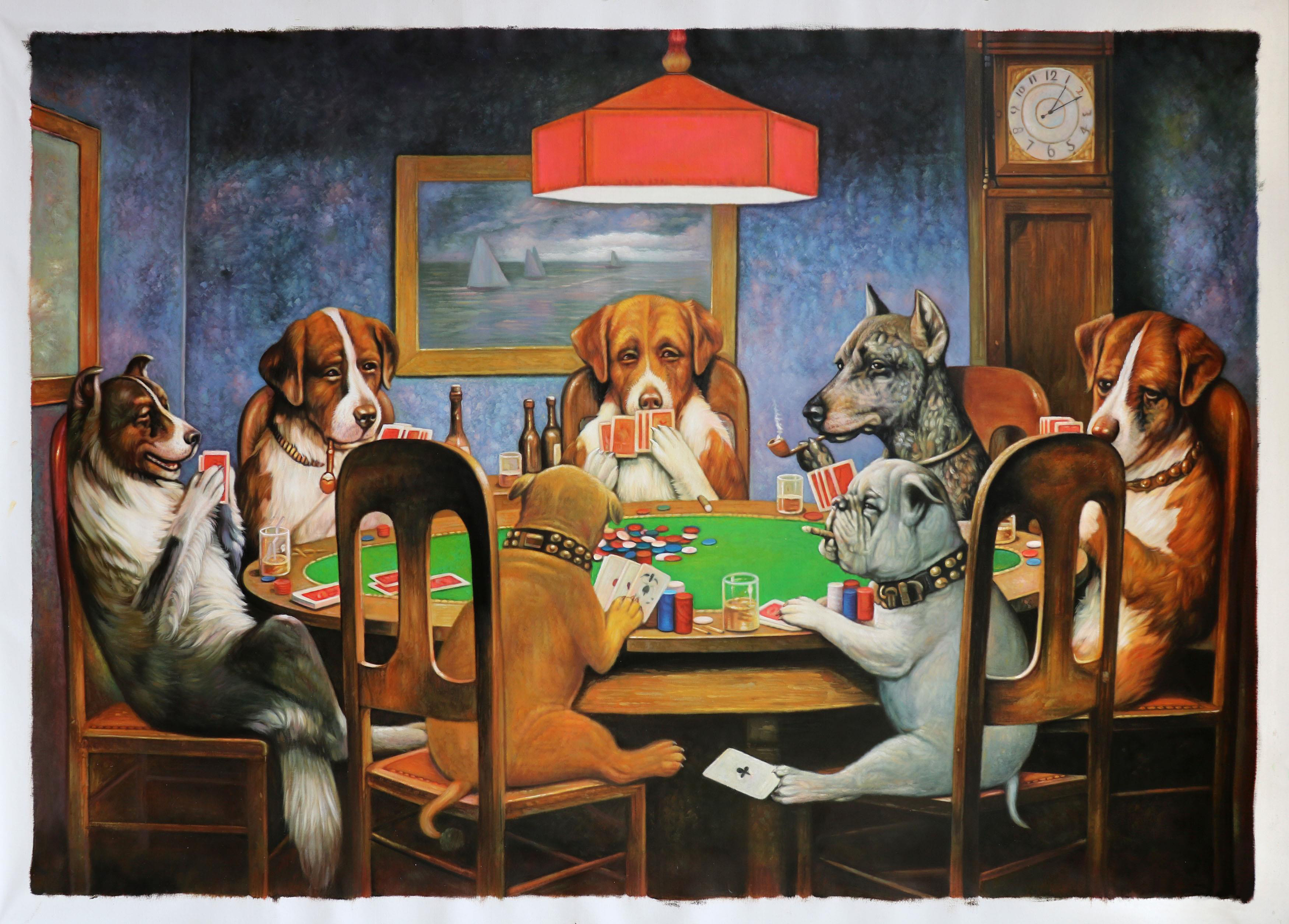|
Yipao
The Yipao or Jeep parade is folkloric celebration in the Colombian department of Quindío Department, Quindío, specially during the anniversary parties of the departmental capital Armenia, Colombia, Armenia. Jeep-Willys history in Colombia The first Jeeps (M38 or CJ-2A models) arrived to Colombia in 1946 for military purposes. They were imported by the Ministry of National Defense (Colombia), Colombian Ministry of Defense and soon became very popular among Colombian coffee farmers who saw in this vehicle the needed qualities for the difficult roads in the mountainous region of the country. Besides the transportation of coffee, Jeeps are used to transport many other agricultural products, as well as country workers to places previously accessible only to pack animals. Due to this quality, the Jeeps are also known locally in es, "mulitas mecánicas" (or mechanical mules). Jeeps and culture Many families in the Paisa region and Colombian Coffee-Growers Axis own Jeep vehicles, which ... [...More Info...] [...Related Items...] OR: [Wikipedia] [Google] [Baidu] |
Armenia, Colombia
Armenia () is the capital of Quindio Department. Armenia is a medium-sized city and part of the " coffee axis" along with Pereira and Manizales. It is one of the main centers of the national economy and of the Colombian coffee growing axis. As a result, the historic center of Armenia was named as part of the "Coffee Cultural Landscape" of UNESCO World Heritage Site in 2011. History The city was founded on October 14, 1889, by Jesús María Ocampo, also known as "Tigrero" (translates to "tiger killer") due to his love of hunting jaguars, known locally as tigers. Ocampo came from Anaime, Tolima, looking for shelter in the mountains of Quindío because he was running away from General Gallo. He paid one hundred pesos in gold coins to Antonio Herrera for the land on which to build a fonda, or trade center, not only for himself but also for other colonists who came from Salento, Antioquia, Manizales, and areas surrounding the Quindío River and La Vieja River. Ocampo then proc ... [...More Info...] [...Related Items...] OR: [Wikipedia] [Google] [Baidu] |
Quindío Department
Quindío () is a department of Colombia. It is in the western central region of the country, crossed by the Andes mountains. Its capital is Armenia. It is famous for the quality of the coffee plantations, colorful architecture, benign weather, variety of hotel accommodations and tourist landmarks. This department is located in a strategic area, in the center of the triangle formed by the three main cities of the country: Bogotá, Medellín and Cali. Quindío is the second-smallest Colombian department (0.2% of the national territory) with 12 municipalities. Ethnographically and culturally, it belongs to the Paisa region. History Before the Spanish invasion the entire area was inhabited by the peoples of the Quimbaya civilization until the 10th century B.C. At the time of Spanish conquest the area was inhabited by indigenous people of Carib descent known as the Pijao tribes. The native population was gradually reduced due to slavery, armed confrontations, and massacres du ... [...More Info...] [...Related Items...] OR: [Wikipedia] [Google] [Baidu] |
Armenia, Quindío
Armenia () is the capital of Quindio Department. Armenia is a medium-sized city and part of the " coffee axis" along with Pereira and Manizales. It is one of the main centers of the national economy and of the Colombian coffee growing axis. As a result, the historic center of Armenia was named as part of the "Coffee Cultural Landscape" of UNESCO World Heritage Site in 2011. History The city was founded on October 14, 1889, by Jesús María Ocampo, also known as "Tigrero" (translates to "tiger killer") due to his love of hunting jaguars, known locally as tigers. Ocampo came from Anaime, Tolima, looking for shelter in the mountains of Quindío because he was running away from General Gallo. He paid one hundred pesos in gold coins to Antonio Herrera for the land on which to build a fonda, or trade center, not only for himself but also for other colonists who came from Salento, Antioquia, Manizales, and areas surrounding the Quindío River and La Vieja River. Ocampo then pro ... [...More Info...] [...Related Items...] OR: [Wikipedia] [Google] [Baidu] |
Jeep
Jeep is an American automobile marque, now owned by multi-national corporation Stellantis. Jeep has been part of Chrysler since 1987, when Chrysler acquired the Jeep brand, along with remaining assets, from its previous owner American Motors Corporation (AMC). Jeep's current product range consists solely of sport utility vehicles – both crossovers and fully off-road worthy SUVs and models, including one pickup truck. Previously, Jeep's range included other pick-ups, as well as small vans, and a few roadsters. Some of Jeep's vehicles—such as the Grand Cherokee—reach into the luxury SUV segment, a market segment the 1963 Wagoneer is considered to have started. Jeep sold 1.4 million SUVs globally in 2016, up from 500,000 in 2008, two-thirds of which in North America, and was Fiat-Chrysler's best selling brand in the U.S. during the first half of 2017. In the U.S. alone, over 2400 dealerships hold franchise rights to sell Jeep-branded vehicles, and if Jeep were spun off ... [...More Info...] [...Related Items...] OR: [Wikipedia] [Google] [Baidu] |
Coffee Culture
Coffee culture is the set of traditions and social behaviors that surround the consumption of coffee, particularly as a social lubricant. The term also refers to the cultural diffusion and adoption of coffee as a widely consumed stimulant. In the late 20th century, espresso became an increasingly dominant drink contributing to coffee culture, particularly in the Western world and other urbanized centers around the globe. The culture surrounding coffee and coffeehouses dates back to 16th-century Turkey. Coffeehouses in Western Europe and the Eastern Mediterranean were not only social hubs but also artistic and intellectual centres. In the late 17th and 18th centuries, coffeehouses in London became popular meeting places for artists, writers, and socialites, as well as centres for political and commercial activity. In the 19th century a special coffee house culture developed in Vienna, the Viennese coffee house, which then spread throughout Central Europe. ''Les Deux Magots'' in Pa ... [...More Info...] [...Related Items...] OR: [Wikipedia] [Google] [Baidu] |
Colombian Culture
Many aspects of Colombian culture can be traced back to the early culture of Spain of the 16th century and its collision with Colombia's native civilizations (see: Muisca people, Muisca, Tayrona). The Spanish brought Catholicism, the feudal encomienda system, and a Casta, caste system that favored European-born whites. After independence from Spain, the ''Criollo (people), criollos'' struggled to establish a pluralistic political system, between conservative and liberal ideals. The conservatives supported the involvement of the Catholic Church in the state, while liberals favored the separation of these. The conservatives managed to outsource public education to the Catholic Church, and for many years, the church controlled the country's education system. Both parties engaged in multiple civil wars resulting in a slow development of the country and the isolation of regions until the end of the 19th century. Ethno-racial groups maintained their ancestral heritage culture: whites ... [...More Info...] [...Related Items...] OR: [Wikipedia] [Google] [Baidu] |
Guinness World Records
''Guinness World Records'', known from its inception in 1955 until 1999 as ''The Guinness Book of Records'' and in previous United States editions as ''The Guinness Book of World Records'', is a reference book published annually, listing world records both of human achievements and the extremes of the natural world. The brainchild of Sir Hugh Beaver, the book was co-founded by twin brothers Norris and Ross McWhirter in Fleet Street, London, in August 1955. The first edition topped the best-seller list in the United Kingdom by Christmas 1955. The following year the book was launched internationally, and as of the 2022 edition, it is now in its 67th year of publication, published in 100 countries and 23 languages, and maintains over 53,000 records in its database. The international franchise has extended beyond print to include television series and museums. The popularity of the franchise has resulted in ''Guinness World Records'' becoming the primary international authority ... [...More Info...] [...Related Items...] OR: [Wikipedia] [Google] [Baidu] |
Kitsch
Kitsch ( ; loanword from German) is a term applied to art and design that is perceived as naïve imitation, overly-eccentric, gratuitous, or of banal taste. The avant-garde opposed kitsch as melodramatic and superficial affiliation with the human condition and its natural standards of beauty. In the first half of the 20th century, kitsch referred to products of pop culture that lacked the depth of fine art. However, since the emergence of Pop Art in the 1950s, kitsch is sometimes re-appreciated in knowingly ironic, humorous or earnest fashion. To brand visual art as "kitsch" is often still pejorative, though not exclusively. Art deemed kitsch may be enjoyed in an entirely positive and sincere manner. For example, it carries the ability to be quaint or "quirky" without being offensive on the surface, as in the ''Dogs Playing Poker'' paintings. Kitsch can refer to music, literature, or any work, and relates to camp, as they both incorporate irony and extravagance. Hi ... [...More Info...] [...Related Items...] OR: [Wikipedia] [Google] [Baidu] |
Icon
An icon () is a religious work of art, most commonly a painting, in the cultures of the Eastern Orthodox, Oriental Orthodox, and Catholic churches. They are not simply artworks; "an icon is a sacred image used in religious devotion". The most common subjects include Christ, Mary, saints and angels. Although especially associated with portrait-style images concentrating on one or two main figures, the term also covers most religious images in a variety of artistic media produced by Eastern Christianity, including narrative scenes, usually from the Bible or the lives of saints. Icons are most commonly painted on wood panels with egg tempera, but they may also be cast in metal, carved in stone, embroidered on cloth, done in mosaic or fresco work, printed on paper or metal, etc. Comparable images from Western Christianity can be classified as "icons", although "iconic" may also be used to describe a static style of devotional image. In the Greek language, the term for icon paintin ... [...More Info...] [...Related Items...] OR: [Wikipedia] [Google] [Baidu] |





.jpg)

